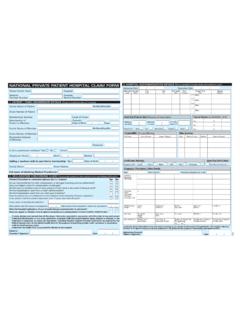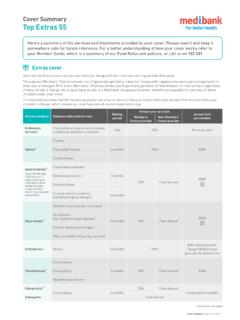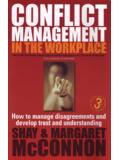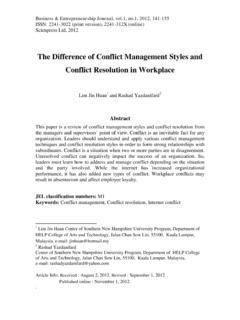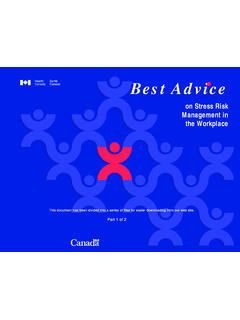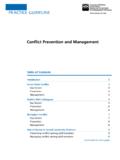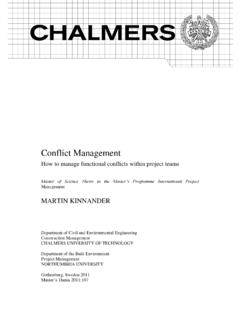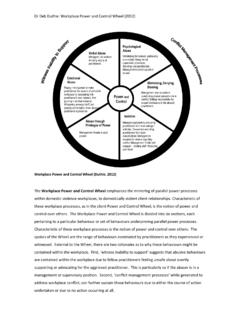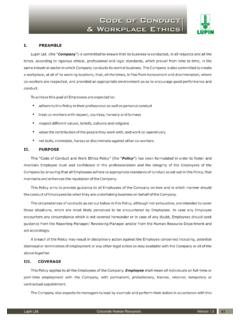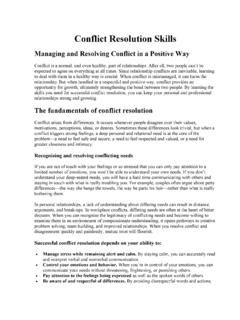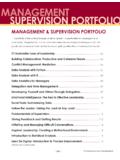Transcription of The Cost of Workplace Stress in Australia - …
1 Workplace Stress is costing the Australian economy $ billion a year. Stress related presenteeism and absenteeism are directly costing Australian employers $ billion a year. days per worker are lost each year through Workplace Cost of Workplace Stress in AustraliaAugust 200823 ContentsMedibank Private and Workplace Health4 What is Workplace Stress ?5 Not all workplaces are the same6 Optimal level of Stress the relationship between Stress and performance7 Key findings8 Conclusion9 Giving your business a healthier future with Medibank Priority10 ReferencesStress in the Workplace is a growing concern for employees and employers in Australia .
2 Figures show that while compensation claims made by Australian employees fell significantly between 1996 and 2004, the number of Stress related claims almost doubled1. Workplace Stress can also impact employee productivity through increased absenteeism and presenteeism2; imposing a direct economic cost on employers. Medibank Private has a strong track record in undertaking leading edge research into issues that affect Workplace health and 2005, Medibank-commissioned research found that: healthy employees are three times more productive than unhealthy employees; unhealthy employees take nine times more sick leave than healthy employees.
3 In 2007, Medibank-commissioned research found that: presenteeism costs $ billion annually; on average, six working days of productivity are lost per year per employee due to report outlines Medibank Private s latest research which illustrates the economic impact of Workplace Australian Safety and Compensation Council (2007).2 Presenteeism is defined as the lost productivity that occurs when employees come to work but, as a consequence of illness or other conditions, are not fully functioning. In comparison, absenteeism occurs when employees do not come to all workplaces are the sameWhat is Workplace Stress ?
4 Workplace Stress is the response people may experience when presented with work demands and pressures that are not matched to their knowledge and abilities and which challenge their ability to cope3. It has been described as an emotional experience associated with nervousness, tension and strain, brought about by factors related to Stress is a concern for both employees and employers, with national and international statistics showing the prevalence has grown steadily over recent years. The Stress process originates with exposure to stressors.
5 Stressors are those elements within an environment that cause Stress and can be either physical or psychosocial. Physical stressors include physical elements within an environment such as loud noise or physically uncomfortable working conditions, whereas psychosocial stressors include pressures as tight deadlines or job insecurity. Types of StressorsExamplesWork factors Excessive work hours Unreasonable performance demandsPhysical environment Noise and overcrowding Health and safety risks Ergonomic problemsOrganisational practices Lack of autonomy Poor communication Unclear roles and responsibilitiesWorkplace change Insecurity in job Poor chances for advancement or promotion High turnoverRelationships Office politics, competition and conflicts Poor relationships with superiors Bullying or harassmentSource: , World Health Organisation4 Kalia, M.
6 (2002)5 Caulfield, N., et al (2004).Models that measure and predict the operation of stressors within the Workplace have focussed on the interaction between demand and ModelDemand refers to the amount of workload or responsibilities placed upon an individual. Increases in demand equate to increases in workload and pressures, which in turn can lead to increased Stress . Control over one s work (deadlines, outputs etc) has a strong impact on perceived Stress , affecting both an individual s self esteem, as well as their ability to achieve work goals.
7 Employees with low control can become frustrated and feel underappreciated. Combinations of high demand and low control result in high strain , which can be equated to high levels of Stress . Alternatively, jobs that exhibit a high level of demand but are accompanied by adequately high control are labelled as active ; a combination which is thought to be motivating and fulfilling to classifications include passive where low demand and low control result in low levels of motivation, and low strain , as a result of low demand and high control.
8 Low DemandHigh DemandHigh ControlLow StrainActiveLow ControlPassiveHigh StrainSource: Karasek, R., et al (1990).Research suggests that the impact of job Stress will depend on an employee s personality attributes, such as the ability to cope with pressure, as well as job factors and aspects of the work environment5. 67 Health effects of stressWorkplace Stress on employees has been linked to a wide range of mental and physical health conditions. High levels of Workplace Stress can cause: nervousness tension strain anxiety depressionResearch also shows that prolonged levels of Stress increase the chances of heart disease, brought about by a combination of behavioural and physiological reactions to Stress .
9 Some common early warning signs may include headaches, difficulty sleeping, difficulty concentrating, irritability, upset stomach and low morale. It is often easier for an individual to recognise early symptoms of Workplace Stress than it is for his or her employer to identify when their employee is feeling stressed. However, from an employer s perspective, outward signs of Stress include visible tension, short temper, weight gain or loss, nervous habits such as nail biting or pacing and noticeable decreases in the quality of figures shown above do not reflect the hidden cost of re-staffing and re-skilling, when Stress results in staff turnover.
10 As an employee s Stress levels increase, their health may not deteriorate to a clinical state, but they may instead resign before that point. In these cases, employers may not incur the direct costs associated with Stress injury or illness, but may instead incur indirect costs from increased staffing expenses and lost productivity while there is no one in the findingsOptimal level of Stress The relationship between Stress and performanceSource: The American Institute of Stress , key findings of the recent Medibank-commissioned research are that: Stress -related presenteeism and absenteeism are costing the Australian economy $ billion a year.
